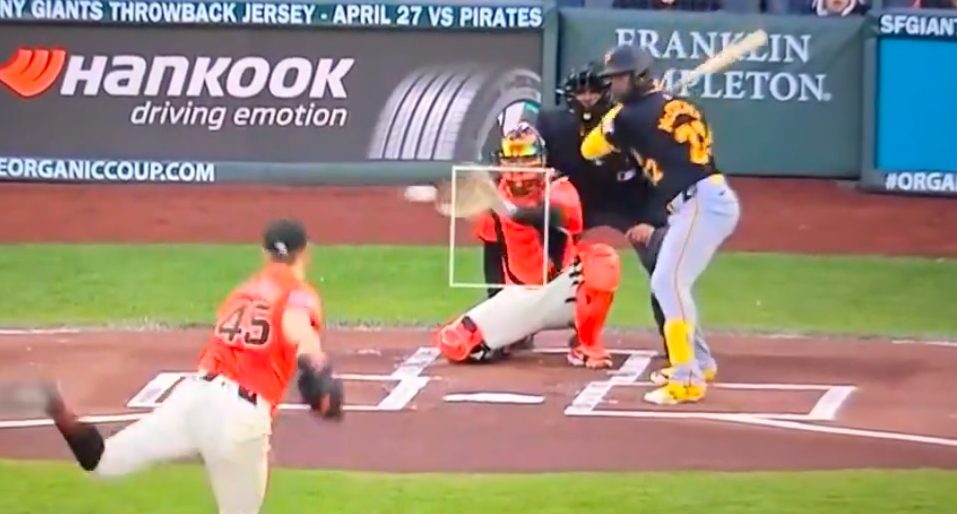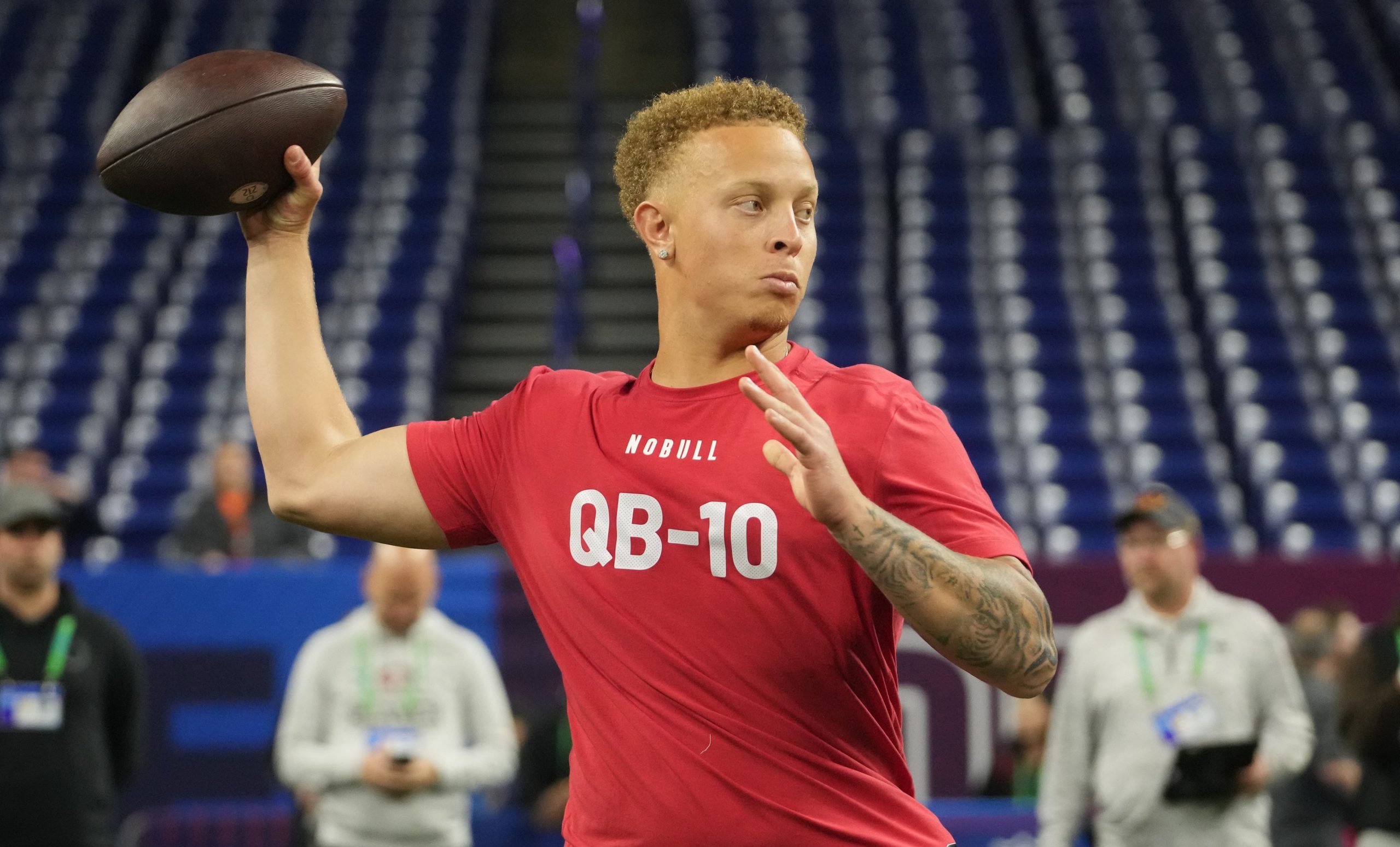When cord-cutters welcomed the new world of streaming services, the dream was that it would usher in a new era of consumers picking what they want and not needing to pay for what they don’t.
It was a nice dream but we’ve all seen how things have been going. Smaller streamers are being absorbed into larger ones in the name of synergy (See: Paramount Plus and Showtime Anytime). Corporate mergers of media companies are soon followed by streaming service mergers (See: Max). Upstart streamers don’t stand a chance if they’re not immediately profitable (See: CNN+),
Disney is the latest corporate behemoth to stare this situation down as it figures out what it wants to do with ESPN. While the company is exploring a standalone, direct-to-consumer version of ESPN, MoffettNathanson senior research analyst Michael Nathanson thinks they’d be much better off following in the footsteps of other streamers and bundling it all together.
Per Broadcasting+Cable, Nathanson thinks that keeping ESPN in the bundle with Disney Plus and Hulu “will deliver enough premium content to reduce churn, aggregate engagement, and substantial non-programming cost savings.”
“We believe that a sports-only streaming app is a tough model and that sports integrated in a general entertainment service a la Peacock or Paramount Plus makes more sense,” Nathanson said. “Given the current light penalties for cheating the MVPD system, we would argue that Disney could create more stickiness and audience flow integrating ESPN into Hulu and Disney Plus than trying to build a standalone premium service.”
He added that the current Disney bundle has a churn rate that currently outperforms Netflix and is “three times lower” than streaming industry averages. He also noted that most of Disney’s current 25 million ESPN Plus subscribers are in the bundle, which itself boasts 20 million subscribers.
ESPN Plus currently costs $9.99 per month but it’s presumed that a DTC version of the network and all of its offerings would be higher than that. Presumably, that means the bundle price would go up as well, but given that the most expensive version of the Disney Bundle is currently $19.99 per month, that’s likely still going to be less expensive than the $36 per month the trio would cost separately.
And as Awful Announcing’s Andrew Bucholtz has pointed out, Dinsey and ESPN also have to consider how breaking off with their own DTC version would impact their leverage with Multichannel Video Programming Distributors (MVPDs).
As previously discussed in our coverage of this, ESPN likely wants to do this in a way that doesn’t totally destroy the existing cable/satellite/virtual MVPD ecosystem, as they get an industry-leading $9.42 per-subscriber fee there for just ESPN alone (and get many other ESPN/Disney channels carried there as well through bundling, with those channels adding their own per-subscriber fees).
ESPN will make more per subscriber from a DTC product thanks to no MVPD middleman and a likely-higher price. Regional sports network options along these lines so far tend to cost $20-30 a month, and it seems likely ESPN’s offering will cost at least that if not more. But they’d have less overall subscribers if the MVPD bundle completely tanked; many people who still have those bundles (and thus, have their MVPDs pay ESPN per-subscriber fees) don’t watch ESPN regularly or perhaps even at all and would not buy the OTT offering.
It’s unclear how seriously Disney might take Nathanson’s advice, but if the current trends in the industry are any indication, bundling sure seems like the odds-on favorite over any kind of breakaway service.
[Braodcast & Cable, The Streamable]







